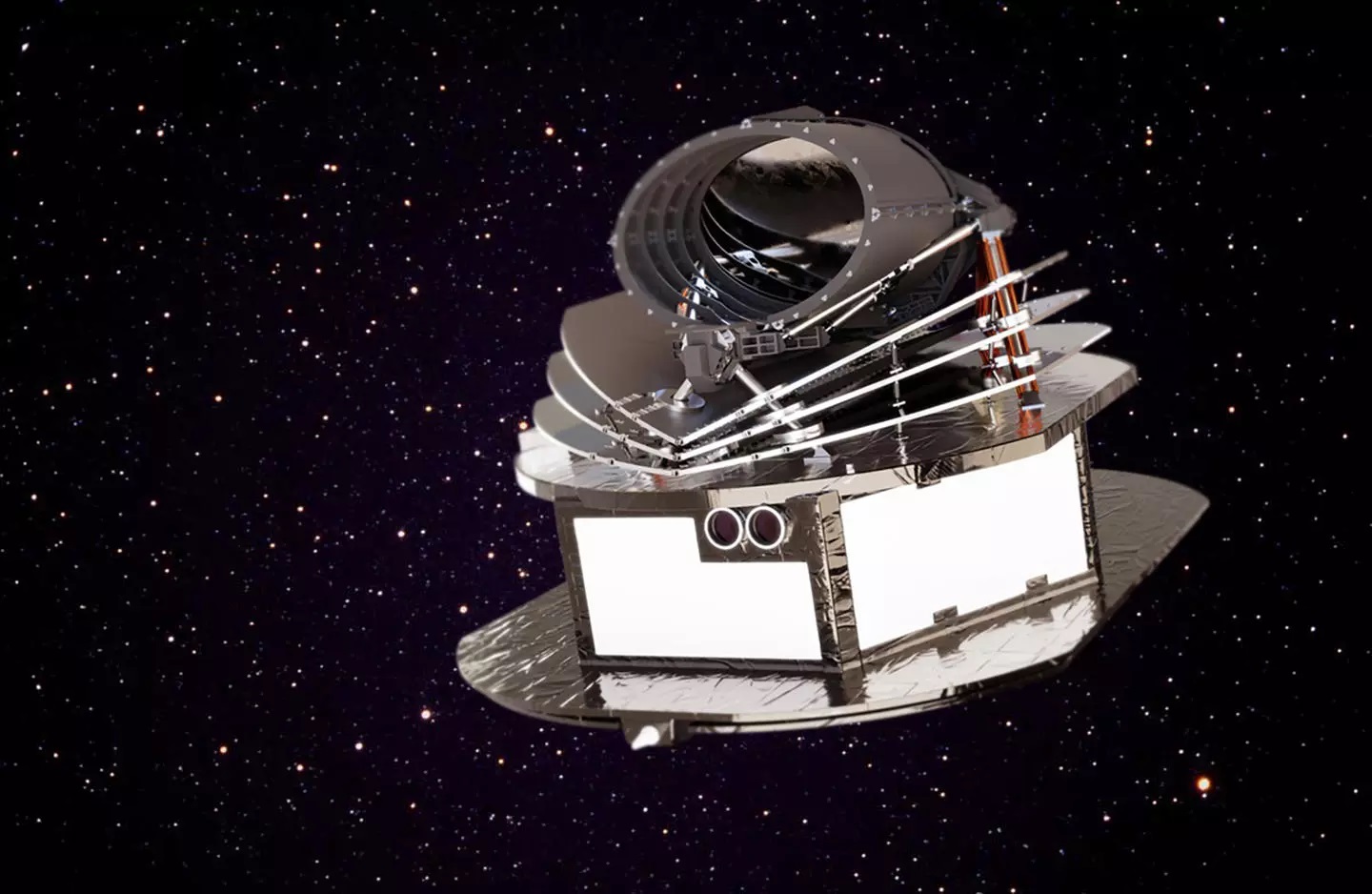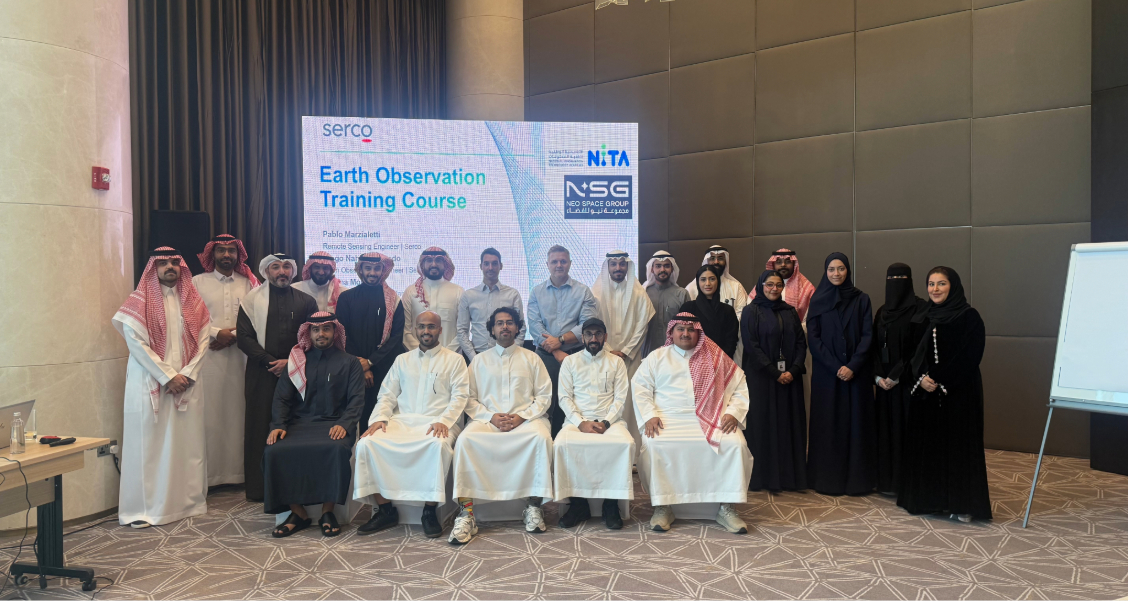ESA validates preliminary design of Airbus built Ariel

Image copyright Airbus
Airbus has successfully passed the Preliminary Design Review (PDR) of Ariel, the Atmospheric Remote-sensing Infrared Exoplanet Large-survey spacecraft that will enable this European Space Agency (ESA) mission to study the composition of exoplanets, how they formed and how they evolve, by surveying a diverse sample of about 1,000 extrasolar planets in visible and infrared wavelengths.
Development and testing of equipment and sub-systems can now continue to ensure the spacecraft moves ahead on schedule under the lead of Airbus, prime contractor of this around €200 million contract. Airbus will also provide expertise and support to ESA for the development of the payload module.
“Observations of these worlds will give us insights into the early stages of planetary and atmospheric formation, and their subsequent evolution. This will in turn contribute to the understanding of our own Solar System and could help us find out whether there is life elsewhere in our Universe and if there is another planet like Earth!” said Christophe Gabilan, Ariel project manager at Airbus.
More than 5,000 exoplanets have been identified since the first observation in 1995, notably by the ESA mission Gaia, also designed and built by Airbus. Another Airbus-built ESA mission, CHEOPS, launched in December 2019, is characterising exoplanets orbiting nearby stars, observing these known planets in the size range between Earth and Neptune and precisely measuring their radii to determine density and composition.
Yet little is known about the chemical composition of their atmospheres. The recent discovery by the Webb Telescope, notably thanks to the NIRSpec instrument, built by Airbus, of methane and carbon dioxide in the atmosphere of K2-18b, an exoplanet 8.6 times bigger than Earth, shows there is still a lot to uncover in the search for habitable environments.
After its launch, in 2029 on an Ariane 6 launcher, Ariel will be injected onto a direct transfer trajectory to the second Lagrangian point (L2). Thanks to its very stable thermal and mechanical design, the spacecraft will be able to carry out long term observations of the same planet/star system for a duration of between 10 hours and up to three days. Its mission will last four years with a possible extension of at least two years.












